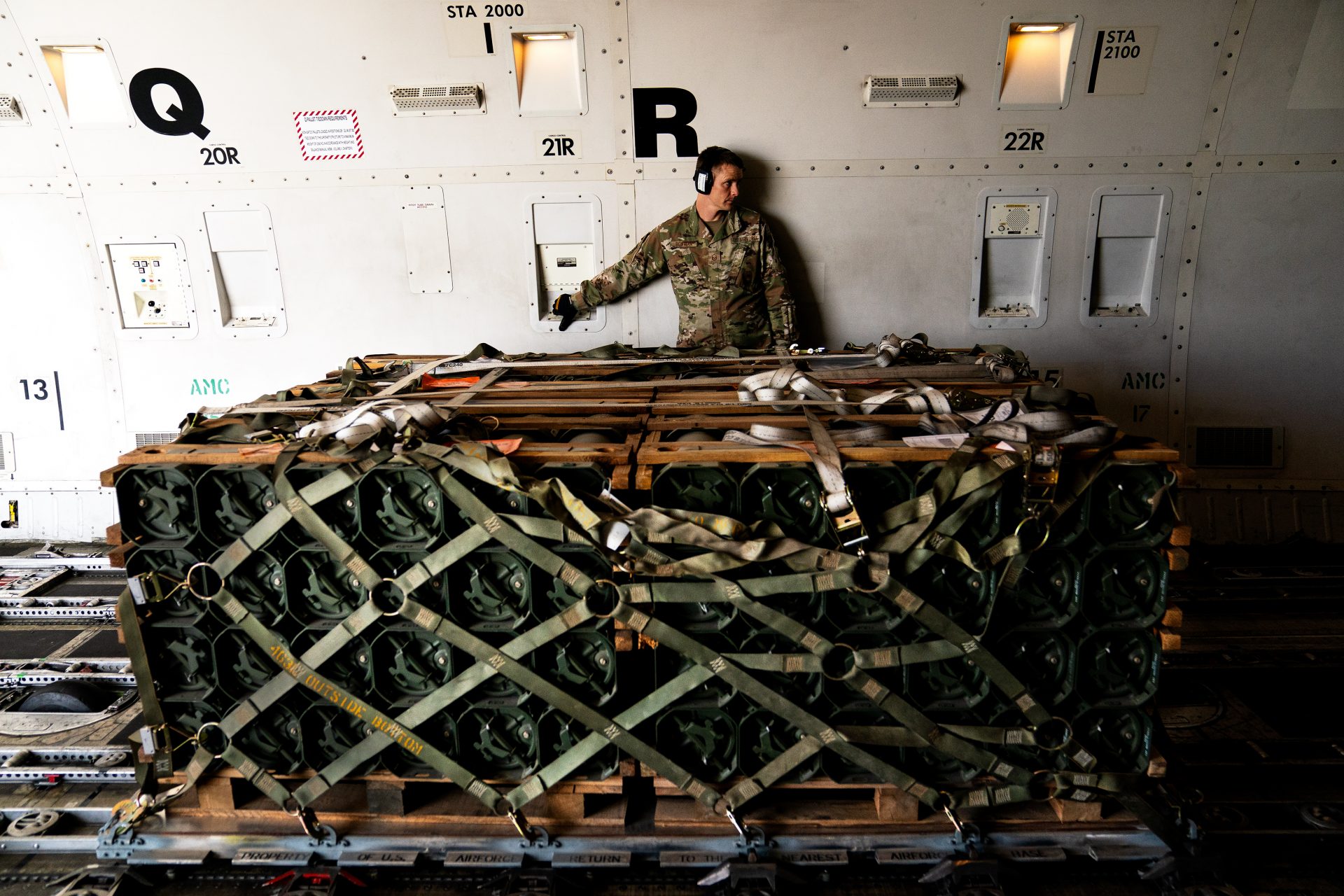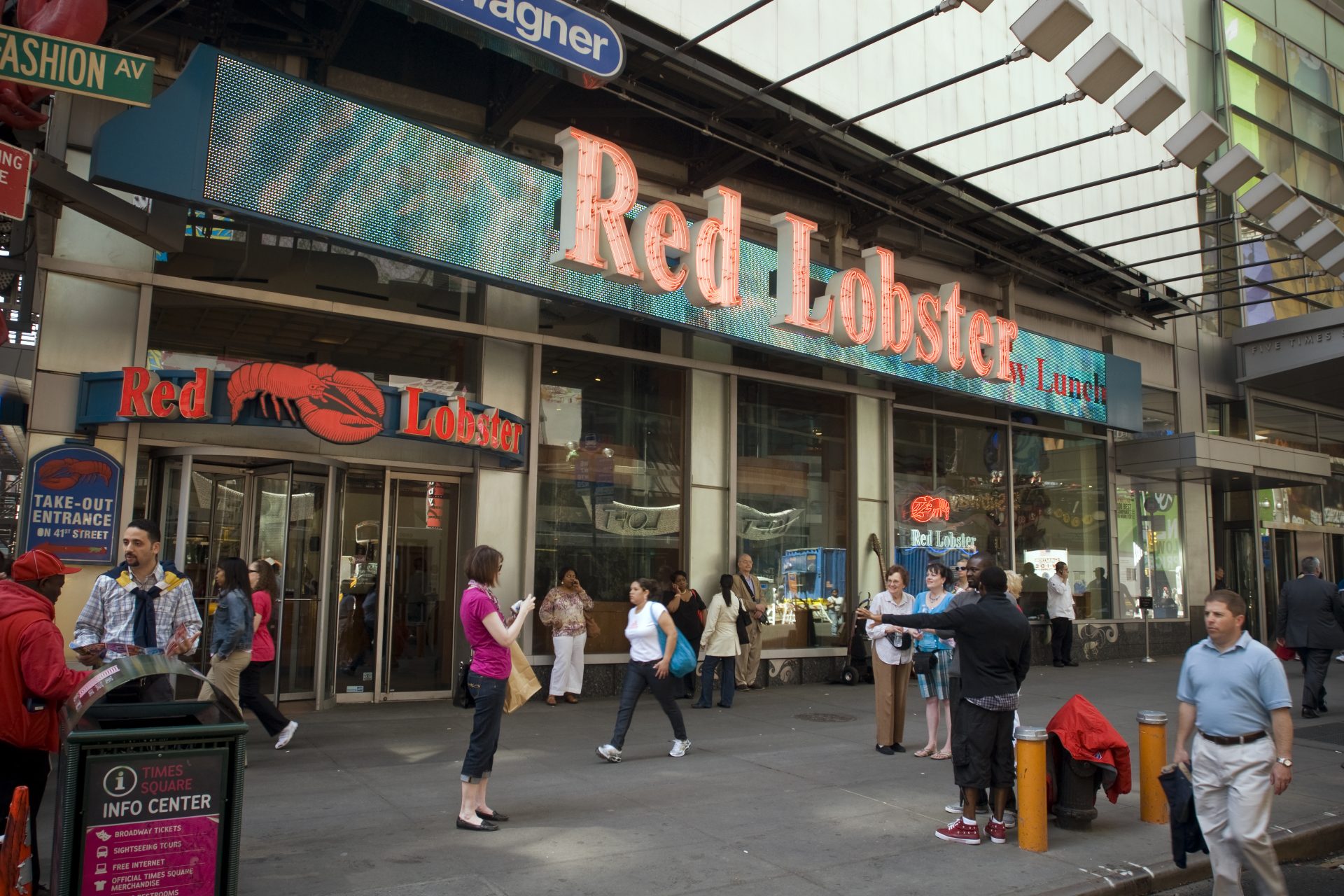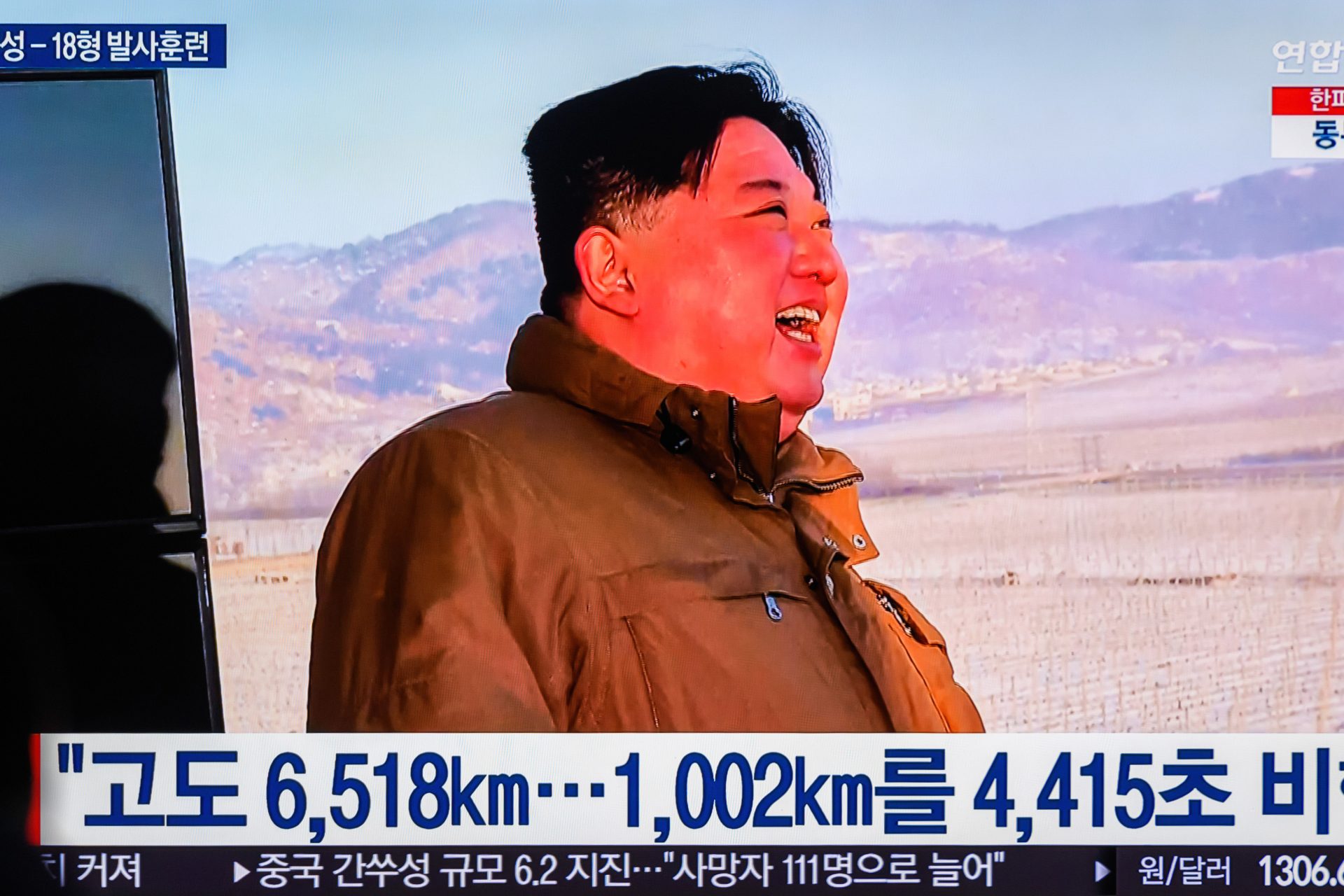New, stunning images of the volcano eruption in Spain
The Cumbre Vieja volcano, erupting since last Sunday on the island of La Palma (Spain), has entered a more explosive phase. The National Geographic Institute reports that lava is being expelled with force at a height of 400 metres (1,300 feet).
More than three hundred buildings have already been swallowed by rivers of magma from the volcano, according to the European Space Agency's Copernicus program.
La Palma, one of Spain's Canary Islands off the coast of the Western Sahara, has had to evacuate more than 6,000 people due to the eruption.
The volcano began to erupt at 15:01 on Sunday, September 19. It started spewing out lava, ash and a huge column of smoke after days of increased seismic activity.
(Images: Getty)
The mayor of El Paso, the town where the volcano stands, has told Canarias Radio that the homes overflowed by the volcano's lava "disappear completely."
Hundreds of cultivated areas and several roads have also been destroyed. Unfortunately, nothing can be done to prevent the passage of this burning material.
A total of 154 hectares of the island of La Palma have already been covered by lava. According to the National Geographic Institute, it is possible that over time the island will grow in size and change in structure. Areas that were once flat are now covered by a mountain of burning ash.
Images of the devastating path left by the magma, which reaches a height of 6 or 7 metres (23 ft), have flooded the country's media.
As the lava reaches the towns of the island, scenes of panic and hasty evacuations follow.
More than 6,000 people have been evacuated.
There is a risk that the lava will reach many more homes before ending in the sea.
This woman of the urban nucleus of Todoque cries during the eviction of her house before the approach of the lava of the volcano.
Both residents and tourists have had to leave most of their belongings behind.
An eruption of this magnitude had not been foreseen, causing many people to flee their homes at the last minute.
Forced to abandon their homes, the residents of La Palma occupy the roads with their cars full of what they have been able to gather in such a short time.
In the towns further away from the volcano, residents have had a little more time to collect their belongings.
Here, firefighters and municipal workers help in shipping people's furniture and personal artefacts.
The images left by the eruption of Cumbre Vieja are shocking and intimidating.
A mild earthquake preceded an explosion that some media outlets captured live. Then, the volcano began to spew lava and create a cloud of intense, infinite smoke.
Before the volcano erupted, thousands of earthquakes had been felt on the island. The shocks had started on September 11.
On the night of September 21, some of the island's municipalities felt a 4.1 magnitude earthquake.
The National Geographic Institute says that, since the eruption, everything has indicated that the earthquakes are stopping. What remains are replicas of earthquakes, and they are of decreasing magnitude.
In Tacande, an area of the municipality of El Paso, a new eruption mouth appeared on Tuesday, raising alarm among the local authorities.
The volcano's explosion had already opened eight vents before another one appeared two days later.
Cumbre Vieja straddles a ridge in the south of La Palma island. The initial blast occurred between Montaña Rajada and Cabeza de Vaca, in the highest part of the city of El Paso.
The Vulcanological Institute of the Canary Islands has analysed the lava exit points to try to divert its path and minimize damage as far as possible.
The authorities are keeping a close eye on what could happen when the lava reaches the sea, which is expected in the next hours.
Some experts worry about explosions or harmful gas emissions once the magma hits the water.
The width of the “rivers of lava” is 40 or 50 meters (130 to 165 feet). They come awfully close to an increasing number of homes.
The Cumbre Vieja erupted twice in the 20th century, first in 1949 then again in 1971.
Photo: 112 Canarias
Obviously, the directions to the locals are clear: do not approach the eruption area. It is extremely dangerous to inhale the gases released by the eruption.
It is estimated that between 6,000 and 9,000 tons of sulfur dioxide will be emitted daily into the atmosphere.
The question everyone is asking now is: how long will the volcano continue to erupt? The experts' response doesn't contain many guarantees.
Photo: Civil Guard of Spain
"We are in the first phase of the volcano's eruption," Geology professor José Mangas from the University of Las Palmas told the channel TVE. "It could be days, weeks… This is just the beginning."
According to Mario Otero, airport director of the Canary Islands at the Spanish airport association AENA, air traffic is currently being monitored and limited.
The ash cloud heads towards the south of the island. Some flights from the company Binter to the island of Gomera, also part of the archipelago, have already been cancelled.
The Prime Minister of Spain, Pedro Sánchez, is there to closely monitor developments. He guaranteed the Government's support to replace all losses: "We have all the instruments, all the troops. The citizens of La Palma can rest assured."
Photo: Spanish Air Force
A few days ago, experts warned that there was a remote possibility that the intensity of seismic movements in the Canary Islands could cause tsunamis in some places on the Brazilian coast, more than 4,000 km (2,500 miles) away. The repercussions of the Cumbre Vieja's eruption could therefore reach far beyond the Canary Islands.
Photo: Pedro Sánchez
There have also been hypotheses of the magma's impact into the ocean causing a tsunami that could reach Spain, Portugal, northern Africa, and even the U.S. east coast. Read more about that theory here.
More for you
Top Stories




















































